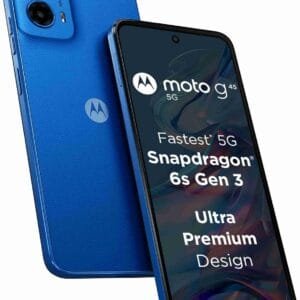In 2023, India’s NSE and Singapore’s SGX agreed to transition the SGX Nifty–popular among foreign traders keen to take exposure to the Indian markets–to the NSE International Exchange (NSE IX) in Gujarat International Finance Tec-City (GIFT City). However, brokers and traders said that the majority of trades in SGX Nifty, now rebranded GIFT Nifty, still originates from the Singapore exchange. The culprit: higher transaction costs and harder onboarding in India, and logistical advantages offered by Singapore’s established financial infrastructure.
As per NSE IX website, the total cumulative traded value for GIFT Nifty surged from $611.95 billion in FY24 to $1.02 trillion in FY25 (as of February 2025). The average daily traded value rose from $3.19 billion in FY24 to $4.26 billion in the first 11 months of FY25. A breakup of the trades originated in GIFT City and SGX was not available.
Also read | NSE shrinks monthslong share transfer process to days ahead of a likely IPO
A person aware of the matter said on the condition of anonymity that in GIFT Nifty’s first year, around 17% of total volumes came directly to the NSE IX, while the rest came from SGX. Since then, the number has jumped to around 33%.
GIFT Nifty is the flagship derivatives product of NSE IX, and its limited progress shows the need for the exchange to be more competitive in shifting trades to India.
“The exchange transaction cost for the NSE IX and SGX are the same for retail traders as well as prop traders; however, we understand that SGX gives bigger traders a concession if the volumes the trader brings to the exchange are far above a certain limit,” said Bhanu Pratap Singh, chief executive officer of Bonanza Portfolio (IFSC) Pvt. Ltd, a broker in GIFT City. This makes buying the GIFT Nifty contract via Singapore Exchange more attractive, said Singh.
NSE IX charges $1.5 for trading a single lot of GIFT Nifty futures, which can be reduced to 40 cents if the trader has a remote membership of NSE IX or SGX. However, getting a remote membership for SGX is easier than getting one for NSE IX. This leads to a lot of foreign clients buying the contract from SGX.
Read this | NSE vs BSE: Sebi’s curbs, exchange moves reshape options market
A person sitting outside India can place orders for the GIFT Nifty contract through SGX or through NSE IX, while the settlement happens at the end of the day with the NSE IX. GIFT Nifty was moved to NSE IX from SGX in 2023 to avoid trading volumes moving offshore. The goal was to bring offshore transactions onshore, ensuring that trading activity related to the Nifty 50 takes place within India.
“Traders can take remote membership for NSE IX after paying a membership fee only if they are a member of any international exchange,” said Ajay Garg, director and CEO of the SMC Group, a clearing member for NSE IX. In contrast, SGX does not mandate that the trader be a member of any other exchange. Garg added that if the costs are rationalized, people might shift to buying the contract from GIFT City.
NSE IX also plans to grab a larger portion of the volumes coming from the island nation of Singapore. The exchange will operationalize a volume incentive scheme, which will offer rebate on transaction charges levied on trades in GIFT Nifty futures, bringing it on par with what the SGX offers. According to an NSE IX statement on 17 March, rebates are offered on the cumulative gross volume if the contract exceeds the pre-defined volume threshold in a month.
Another hurdle at NSE IX is that the exchange allows brokers to onboard clients purely using a physical KYC (know-your-customer) which is cumbersome, while the SGX has a digital onboarding process, Singh of Bonanza Portfolio added.
Read this | The collateral damage in RBI’s crackdown on loan frenzy, KYC
Experts said there is also a logistical issue that has led to NSE IX not gaining in popularity.
“A foreign trader might already have an account in a bank in Singapore, where he can directly transfer the funds to the SGX and buy the GIFT Nifty contract, instead of sending the money to GIFT City,” said Naveen Mathur, director – GIFT City, IFSC at Anand Rathi International Ventures (IFSC) Pvt. Ltd.
Others said that a trader working out of Singapore for a long time may not want to incur additional costs to switch to GIFT IFSC. Another person aware of the development said , “it is a slow process and won’t happen overnight, but over time, we’ll see more foreign investors coming in. Some may set up shops here, while others might trade remotely through the remote trading participant route. That’s how it will unfold”.
And read | Mint Explainer: How variable capital cos, announced in Budget, will boost fund flow in Gift IFSC





